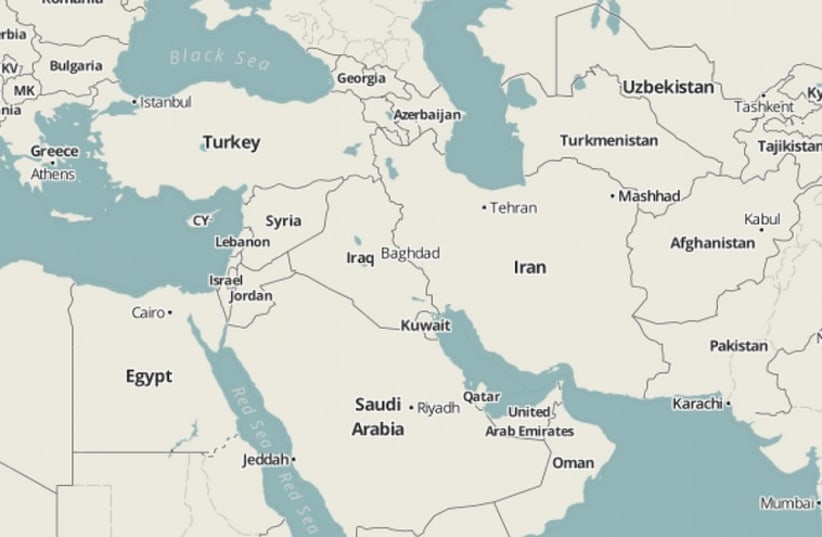Did disillusionment with Sunnis lead to Persian ascendancy at US State Department?
American policy-makers tend to have an inflated sense of their own influence on the region, one that is fed by the region’s own tendency to scapegoat the US for all its problems.
